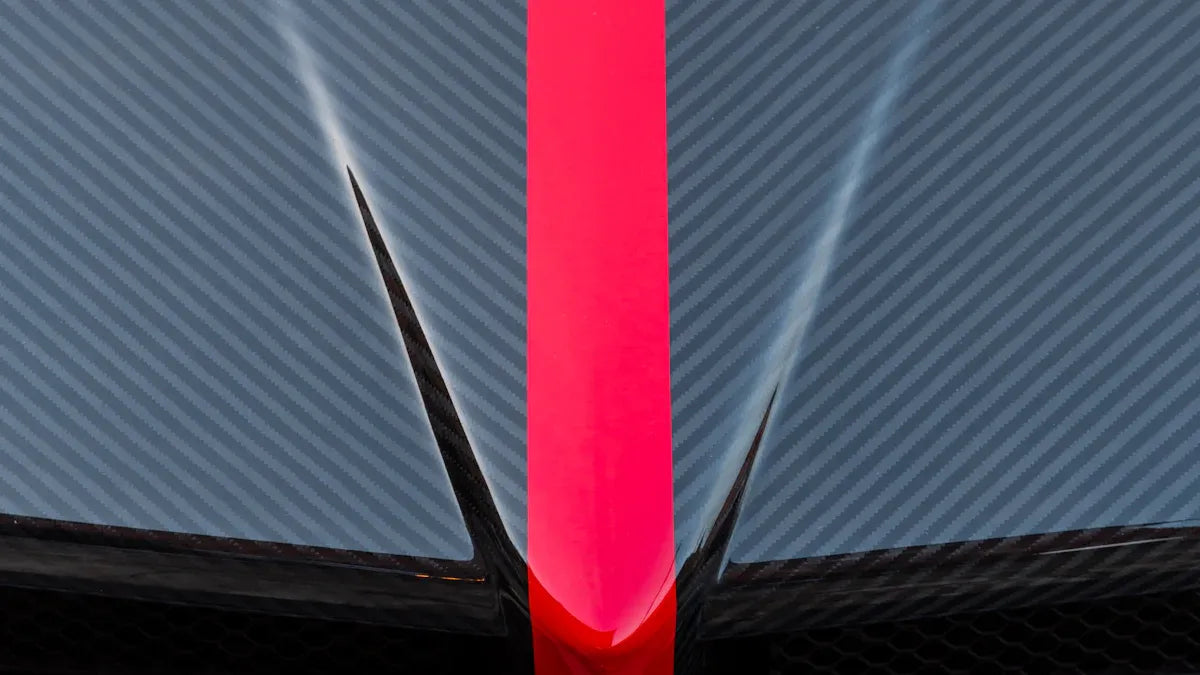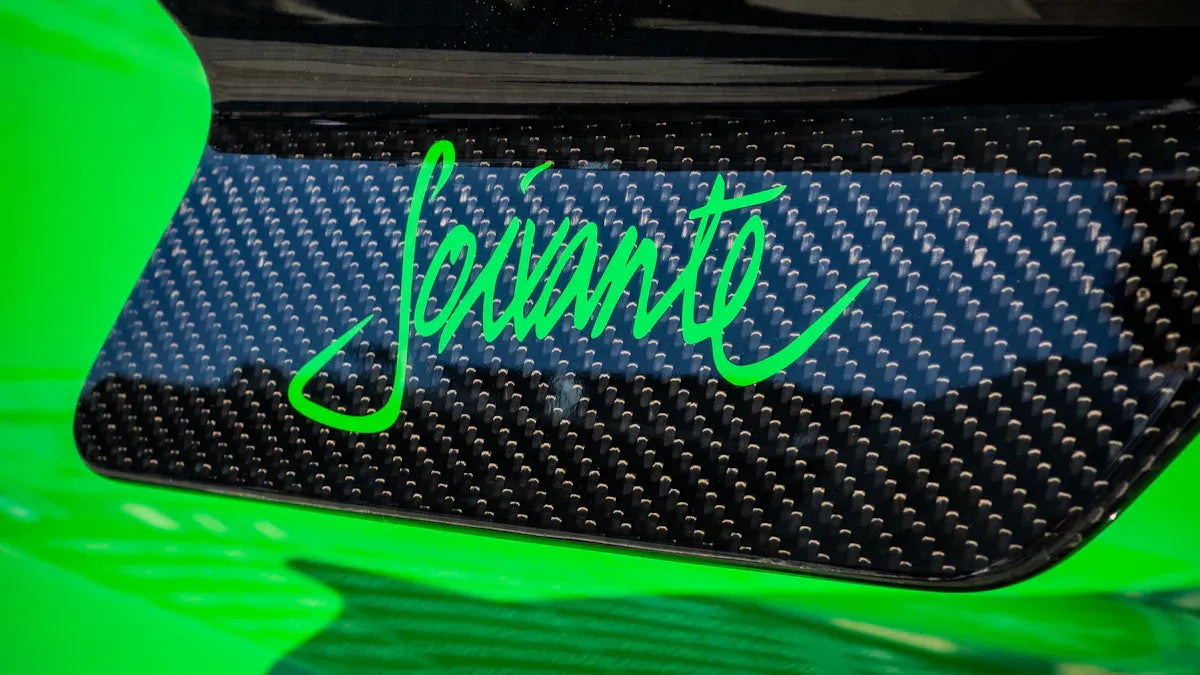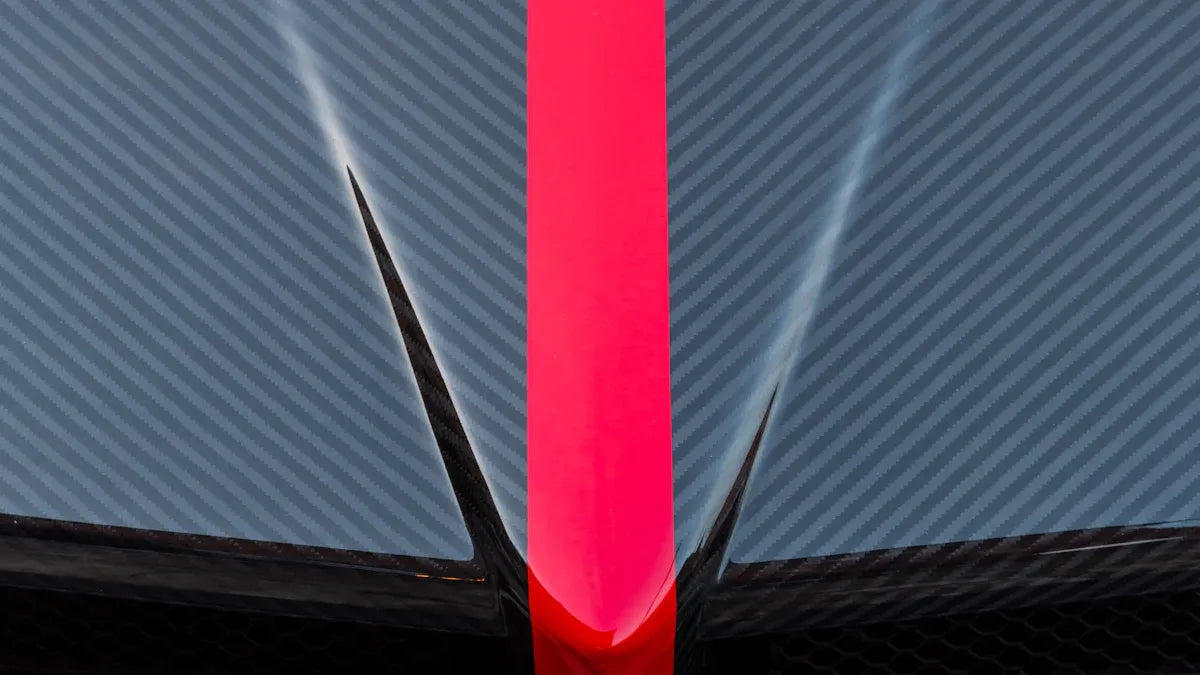CarbonXtreme Post
Breakthroughs in aerospace-grade carbon fiber for lighter, stronger cars
Aerospace-grade carbon fiber is reshaping the automotive industry by providing lightweight, high-strength materials that improve performance and fuel efficiency. By reducing vehicle weight by up to 60% compared to steel, carbon fiber enables better handling and fuel efficiency, especially in supercars, electric, and hybrid vehicles. The rapid expansion of the carbon fiber market, projected at USD 21.7 billion by 2024, indicates that this material will play a crucial role in meeting stricter emissions regulations and achieving sustainability in the automotive sector. As manufacturing technologies and recycling methods improve, carbon fiber will become more affordable and accessible for mass-market vehicles.
How to Make Dry Carbon Fiber Parts Using High-Pressure Molding
High-pressure molding dry carbon is a reliable method for creating high-performance carbon fiber parts that are strong, lightweight, and durable. The process involves several precise steps, from fiber preparation and resin impregnation to high-pressure molding and curing, to ensure optimal mechanical properties. The use of appropriate materials, tools, and molds is critical for achieving superior quality and consistency. While autoclave molding and resin transfer molding (RTM) are also common, high-pressure molding remains the gold standard for performance parts, particularly in aerospace and automotive applications. Careful handling and post-production processes, such as trimming and sanding, help achieve a professional finish.
Pros and cons of autoclave curing carbon fiber parts
Autoclave curing for carbon fiber parts is a highly effective method that ensures strength, low void content, and smooth surfaces, making it ideal for high-performance applications like aerospace and race cars. However, it comes with significant drawbacks, including high costs, the need for specialized equipment, and limitations in part size. Alternative methods such as out-of-autoclave (OOA) and resin transfer molding (RTM) provide cost-effective and faster solutions, but may result in slightly lower quality. The choice between these methods depends on factors like performance needs, budget, part size, and production volume.
Emerging Trends Shaping the Future of Carbon Composites in Racing
The carbon fiber composites market, particularly in racing and automotive industries, is experiencing rapid growth, driven by advancements in materials, manufacturing technologies, and sustainability efforts. The market for automotive carbon fiber parts is projected to reach $26.7 billion by 2025, with a strong focus on reducing weight, enhancing performance, and supporting environmental initiatives. Innovations such as smart materials, nanomaterials, and advanced manufacturing techniques like 3D printing are revolutionizing the industry. Additionally, sustainability is becoming a key trend, with recycled carbon fiber and bio-based materials gaining traction. The circular economy, through closed-loop recycling systems and material reuse, supports both performance and environmental goals, paving the way for a more sustainable future in racing and beyond.
Can Carbon Fiber Engine Bay Parts Handle Intense Heat?
Carbon fiber engine bay parts offer exceptional heat resistance, durability, and lightweight performance, making them ideal for automotive applications. The choice of resin and protective coatings significantly impacts their ability to withstand high temperatures, with phenolic and polyimide resins providing superior heat resistance compared to standard epoxies. Carbon fiber parts also benefit from low thermal expansion, reducing the risk of deformation under extreme heat. Advanced curing methods, such as autoclave curing, further enhance the mechanical properties of carbon fiber composites, ensuring they remain strong and stable even in harsh engine environments.
2025 Wireless vs Wired EV Charging Systems: Which Offers Superior Efficiency and Convenience?
In 2025, advancements in electric vehicle (EV) charging technology, including wired and wireless systems, are reshaping the automotive charging experience. Wired chargers offer higher efficiency and faster charging speeds, making them ideal for long-distance driving. Wireless charging systems, while less efficient, provide unmatched convenience by eliminating cables and enabling seamless charging experiences. Innovations like two-way charging, off-grid options, and wireless charging while driving are set to revolutionize the future of EV charging. As the market evolves, understanding the benefits and trade-offs of both options will help consumers choose the best charging system based on their needs.
Comparing Steel and Fiberglass Molds for Carbon Fiber Manufacturing in 2025
BMW M2 CS vs. M2 Competition: A Comprehensive Comparison for 2025
2025 BMW M2 CS Review: Compact Power Redefined










